The Psychology of Colours (Part 12) - Charcoal Black
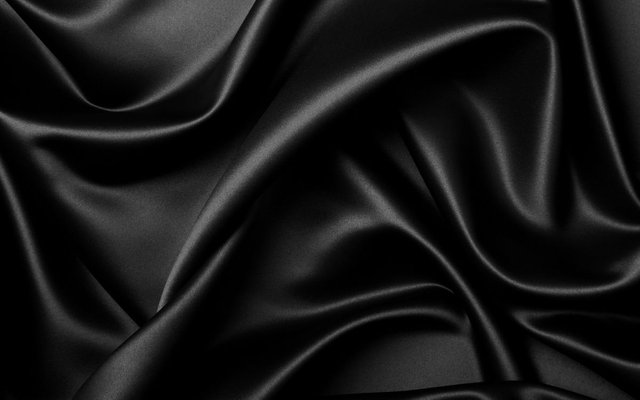
We give strong unconscious reactions to different colours, therefore – knowingly or unknowingly – we are bombarded by "colour-coded" stimuli many times a day. I have a passion for colours since my very early teenage years. I even aspired to be an artist for a while, but then I finally chose psychology and for several years after graduation I was involved in a research dealing with the symbolism of colours. In this series, I would like to share this passion with you by having a closer look at the meaning of one colour at a time.
After exploring the meaning of red, blue, yellow, green, orange, purple, brown, pink, turquoise and grey, we continue our journey with another ambivalent hue from the palette, the absolute darkest colour (actually a non-colour), black that is the absorption of all colours.
"I've been 40 years discovering that the queen of all colors was black." (Pierre-Auguste Renoir)
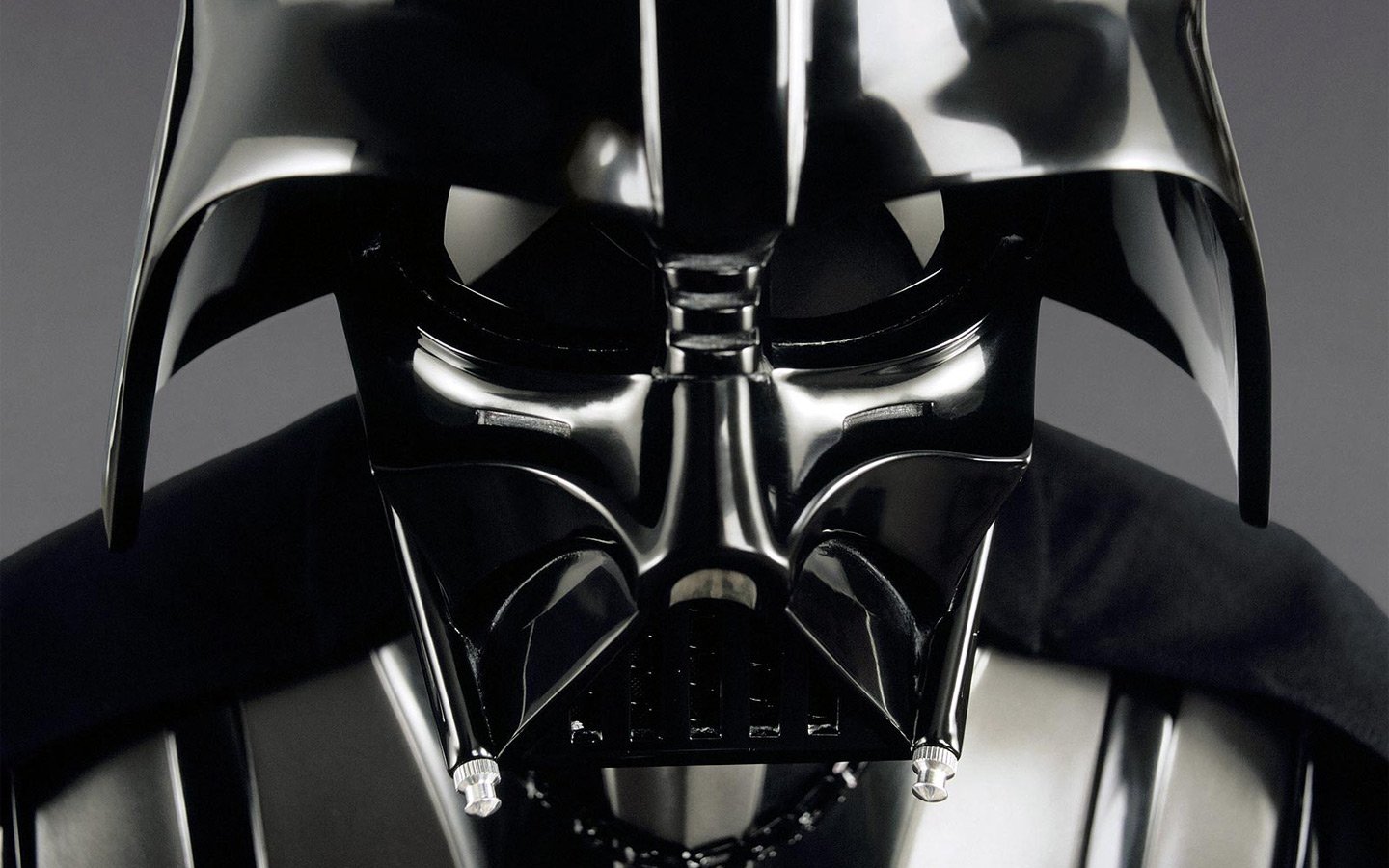
Black is threatening
"Black is the ‘No' as opposed to the ‘Yes' of white. White is the virgin page on which the story has yet to be written, black is the end beyond which there is nothing more." (Max Lüscher)
Black has many negative connotations and sinister meanings: this is the colour of the "dark side". This negativity is even reflected in the language (eg. blackmail, blacklist, black magic, black masses, black sheep...).
It is associated with the darkness of night which can be horrifying in itself for some (just think about your childhood when it was quite relieving to have a very small light turned on until you have fallen asleep). Fear of darkness is one of the most ancient fears, and as such it has an evolutionary cause. (In ancient times there was a higher chance to be attacked by predators in the darkness.)
According to fairy tales, mysteries, and folklore, the night is the realm of monsters, ghosts, and wizards to cast their spells, this is the part of the day that brings unholy powers, all sorts of thrills and strange unearthly influences to our life. Witchcraft and evil are typically associated with black. For the very same reason, the villains in films or theatre shows are stereotypically dressed up in black.
A lighter version of the same meaning is the fear of the unknown (like the black holes), it symbolizes our uncertainties, the gaps in our knowledge, a hidden area.
In superstition, black can mean bad fortune (for example the black cat crossing in front of you means bad luck in most cultures, except Britain).

Black is forceful
Black radiates discipline, strength, and superiority, therefore in certain circumstances, it can be rather unfriendly, intimidating and unapproachable. This is probably why it is commonly worn by judges and priests, but status symbols, such as the big limousines are often black, too. In many countries combat troops, special forces and counter-terrorist units have black uniforms. It is quite shocking when these teams show up all in black with heavy armor.

Black is formal
„A woman needs just three things; a black dress, a black sweater, and, on her arm, a man she loves." (Coco Chanel)
Black has come a long way from being almost solely the colour of grief, sorrow, and mourning to the most popular hue of elegant and sophisticated fashion. Just take a look at Coco Chanel's famous "little black dress" or at the black-tie attire of James Bond in Spectre. Black has been the gold standard of the formal dress code. It is associated with nobility and superiority – these are again meanings that encourage us to keep the distance. People wearing the black tie definitely have a charm, but they are almost as unapproachable as the members of the special forces.
One of the most famous black dresses was the one worn by Audrey Hepburn in the film Breakfast at Tiffany's. It was designed by Hubert de Givenchy (9).
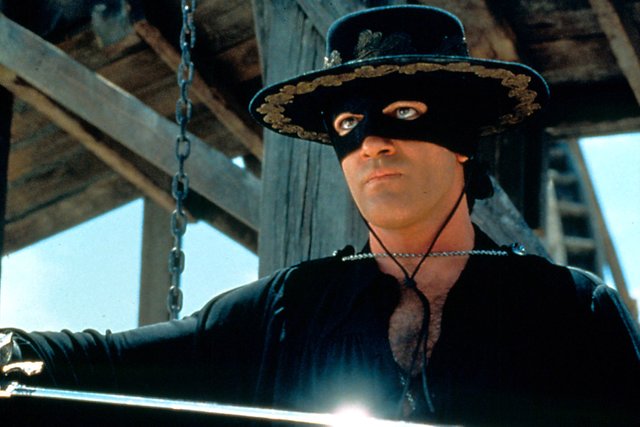
Black is aloof
"I think more people think of it as kind of an enveloping kind of color that they can pull around them that gives them a certain degree of security. They can kind of fade into the shadows." (Leatrice Eiseman, color specialist and executive director of the Pantone Color Institute)
Black is a hiding or covering colour, many think for example that you can mask your overweight with black clothes, similarly, adolescents try to hide their troubled and hormonally upset mind behind it. They just use black to hide from the world while they establish and strengthen their identity. Much of the adolescent fashion and cultural trends use black, like EMO or earlier Depeche Mode.
The closed nature of black carries some secrecy, too. Heroes hiding their identity in tales also wear black (like the Black Knight, Zorro or Batman).
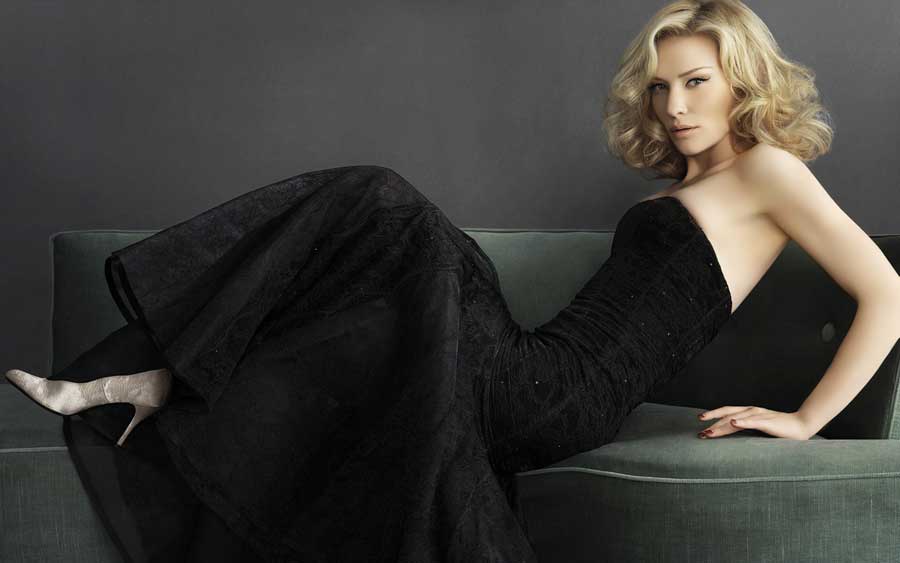
What does black tell about you…
If you choose black as your favourite colour, then you are probably independent and confident, but also distant in your relationships. In an extreme case, it can mean that you are hiding your true self behind a huge "wall" to conceal your emotions and vulnerabilities. You prefer not to show your emotions, you keep your secrets to yourself.
It is difficult for you to become loose in a situation, you take everything seriously, and can be very demanding and dominant with those around you.
Choosing black can also mean that you are going through a difficult period when you need to concentrate your thoughts and energies inside (like in our teenage years when the task is to establish our identity), maybe you are going through a crisis situation. In such cases, the tendency to hide away becomes stronger. Black can mean protection in such hard times.

In the following two chapters I summarise a few interesting details that I have found about the colour black. The source of each piece of information is indicated in brackets after the bullet-pointed lines and are referring to the appropriate article listed among the literature used.
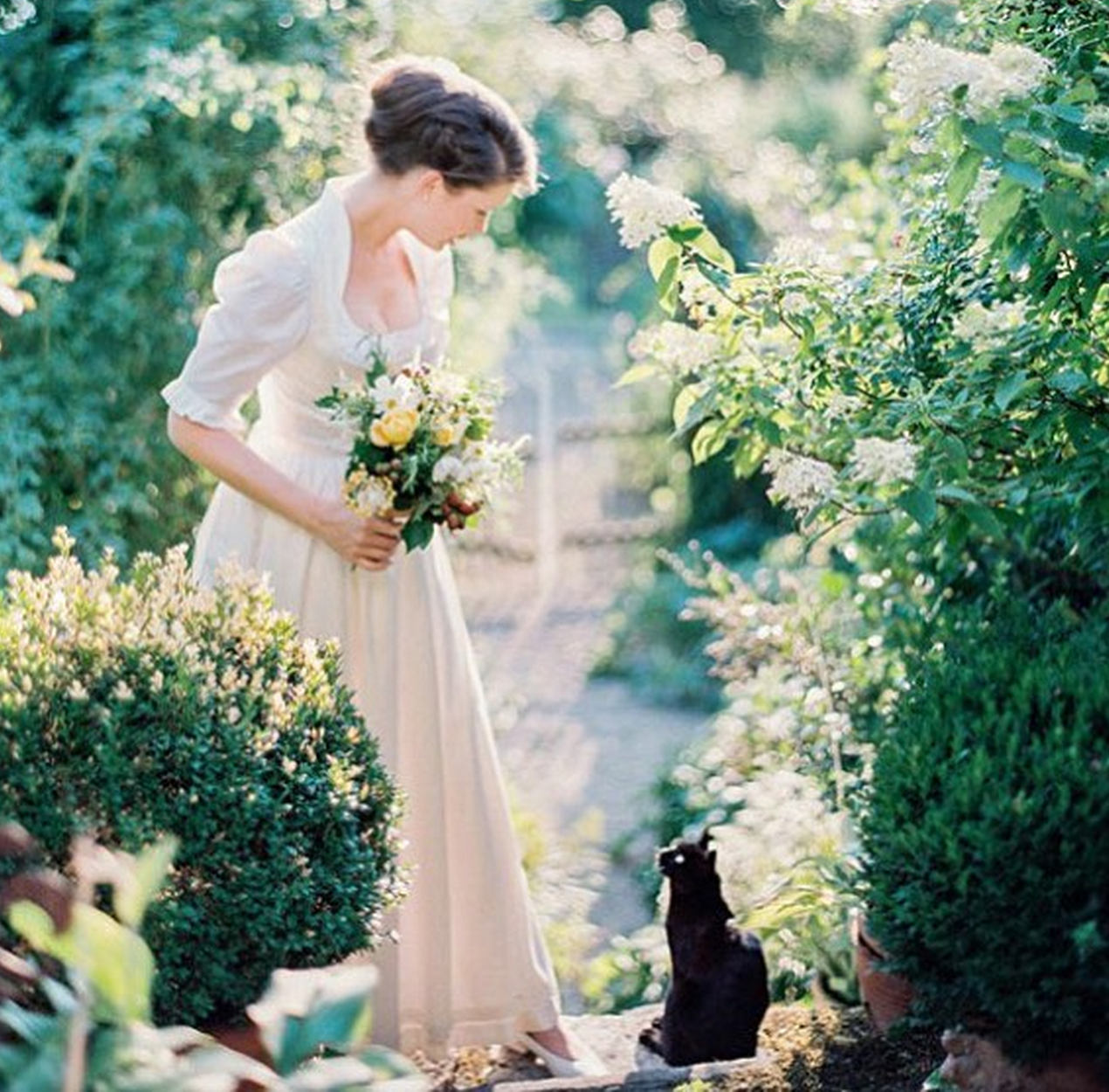
Black in different cultures
- For Aztecs black represented war because a black obsidian glass was used as the cutting edge of battle swords. (7)
- In China, black is a traditional clothing colour for boys. (8)
- In ancient Egypt and Greece, black was the colour of the underworld (but in Egypt it also meant fertility). In Roman poetry, death was called the hora nigra, the black hour (9)
- In ancient Rome black was worn by craftsmen (as you could see from the previous parts of this series, then social classes were „color-coded" a different colour: nobilities wore purple, barbarians wore brown, etc.). (9)
- Mussolini's Fascist army was known as "the Blackshirts". (8)
- In the English Midlands, black cats were traditionally given as wedding gifts to the bride because they were thought to bring happiness and enjoyment to the couple. (11)

Interesting facts about black
- Products seem heavier, more expensive and of higher value in a black packaging. (6)
- In martial arts, the one wearing the black belt has the highest rank (power), he is most skilled, too. (7)
- In Latin, the word for black (ater) and to darken (atere) mean cruelty, brutality, and evil. They are the root of the English words "atrocious" and "atrocity". (9)
- The first abstract painting was the Black Square by the Russian painter, Kasimir Malevich. (9)
- A black hole is a region of spacetime where gravity prevents anything, including light, from escaping. (9)
- A black panther is actually a melanistic leopard or jaguar, the result of an excess of melanin in their skin. (9)
- At first "black Friday" was used for the fact that many workers took Fridays off and it created a chaos in traffic. To encourage buyers to go to shops on these days, sellers simply rebranded "black Friday" as the day when their profits were "in the black,". (10)
- Vantablack, the world's darkest material absorbing 99.9% of light. (11)
- In the last centuries, many machines and devices (for example telephones, sewing machines, cars) were painted black, to stress their functionality. The famous Ford Model T, the first mass-produced car, was only available in black from 1914 to 1926. (9) as Ford was often quoted:
"People can have the Model T in any color – so long as it's black." (Henry Ford)
If you are interested, here you can read the previous parts in this series:
Introduction
Fiery Red
Cool Blue
Golden Yellow
Forest Green
Vivid Orange
Royal Purple
Chocolate Brown
Baby Pink
Mesmerizing Turquoise
Ordinary Grey
Literature used
- Max Lüscher (1969): „The Lüscher Colour Test", Remarkable Test That Reveals Your Personality Through Color, Random House, New York
- Victoria Finlay: Colour (2002): Travels Through The Paint Box published in North America as Color: A Natural History of the Palette
- Eva Heller (2009): Psychologie de la couleur; effets et symboliques. Editions Pyramid (2009)
- Margaret Walch (1995): Living Colors - A Definitive Guide to Color Palettes Through the Ages, Chronicle Books
- Rhodes, H, and Leon, H. M. (1924): The Psychology and Tradition of Color, Kessinger Publishing (Rare Reprints Series)
- http://www.empower-yourself-with-color-psychology.com/black-in-business.html
- https://www.fatrabbitcreative.com/blog/psychology-of-black-and-white-and-what-they-mean-for-your-business
- http://www.sensationalcolor.com/color-meaning/color-meaning-symbolism-psychology/all-about-the-color-black-4382#.WnyEByOZOgQ
- https://en.wikipedia.org/wiki/Black
- https://www.google.com/culturalinstitute/beta/theme/fwISZyrkPUt0IA
- https://www.typeform.com/blog/ask-awesomely/black-facts/
- http://www.empower-yourself-with-color-psychology.com/personality-color-black.html
- http://colorpsychologymeaning.com/color-black/
- https://www.quotes.net
Sources of pictures

I also lovers of black color. really a very good post
Thank you! :-)
Hmm. I think black, as a whole, is most representative of the unknown and the chaos that is associated with the lack of control while in the domains of the unknown. From a sociobiological perspective, it makes perfect sense that the color of night (or rather, the absence of it), when we are blinded and the world is infinitely more dangerous, that we should perceive the color black as threatening.
I think all interpretations of the color are secondary to that primary meaning. For example, people in power or people with superb control (like James Bond, per your post) wear black because they want to represent to all potential viewers that they are either aligned with the forces of chaos, or are (mentally, physically, spiritually) powerful enough to have dominated the realm of the unknown. This carries the effect of intimidating the perceiver, or at the very least, making all aware that there is a person of equal standing.
Moreover, though you more or less already mentioned this, I think black is again worn in times of distress or sorrow because it represents a descent into chaos. The pain and shock experienced when made aware of death can leave people susceptible to encountering the shadowy parts of their brain they do not typically see. This descent into the unconscious, the metaphorical dark, is where we see black again as a constant.
Great addition, I totally agree with you! Thanks a lot!
This is a test comment, notify @kryzsec on discord if there are any errors please.
Being A SteemStem Member
I am a lover of anything black. Colour black has a duplex in my heart.
:-)
Hm, I'm intrigued by your series of posts. Gonna read this and the other posts as well. Thank you for this compilation, and I aopreciate that you wrote down the literature used.
Thank you :)
Klaudia
Thanks a lot! :-)
This was great! I never knew black had so many symbolic meanings but in reading it, I can see where it comes from
Thanks a lot!